Casement or double hung window on front elevation
buildiva22
11 years ago
Featured Answer
Sort by:Oldest
Comments (21)
nini804
11 years agodutty
11 years agoRelated Professionals
Lafayette Architects & Building Designers · Shady Hills Design-Build Firms · Frisco Home Builders · Griffith Home Builders · North Richland Hills Home Builders · Roseburg Home Builders · South Sioux City Home Builders · Hanford General Contractors · Nampa General Contractors · Norristown General Contractors · Redding General Contractors · Reisterstown General Contractors · Sun Prairie General Contractors · University Park General Contractors · West Whittier-Los Nietos General Contractorspalimpsest
11 years agodekeoboe
11 years agoEpiarch Designs
11 years agoSpringtimeHomes
11 years agowagnerpe
11 years agobuildiva22
11 years agobuildiva22
11 years agodavid_cary
11 years agobuildiva22
11 years agodekeoboe
11 years agodavid_cary
11 years agoathensmomof3
11 years agoAnnie Deighnaugh
11 years agodekeoboe
11 years agodavid_cary
11 years agoAnnie Deighnaugh
11 years agodekeoboe
11 years agodavid_cary
11 years ago
Related Stories
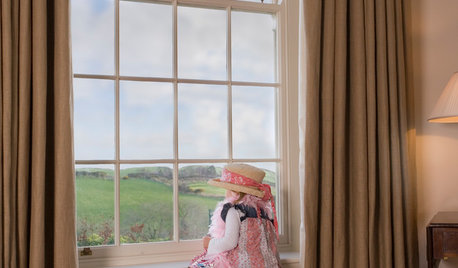
REMODELING GUIDESDouble-Hung Windows Offer Singular Traditional Style
They're efficient. They're visually appealing. They come in many materials and finishes. Is it any wonder double-hung windows are classics?
Full Story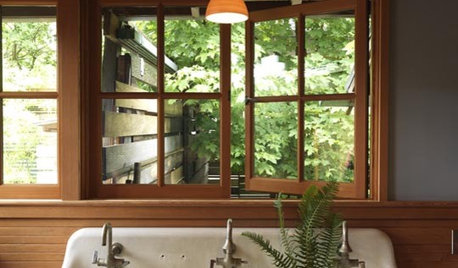
REMODELING GUIDESRenovation Detail: The Casement Window
If heaving open your windows leaves you winded, let the cranks or cam handles of casement windows bring in an easier breeze
Full Story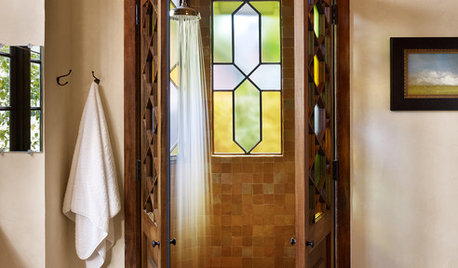
WINDOWSThe Art of the Window: 10 Ways to Elevate Your Bathroom
These window styles and treatments bring in natural light while creating a restful and rejuvenating ambience
Full Story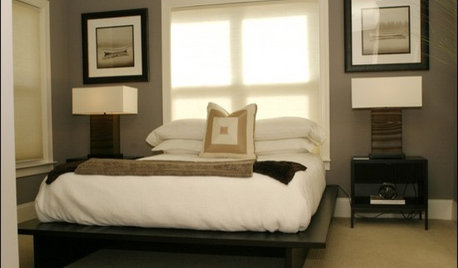
BEDROOMS7 Tips for Placing a Bed in Front of a Window
Whether it's the only option or just the best one, here's what to do with a window behind the bed
Full Story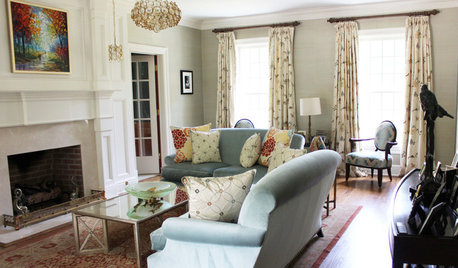
WINDOW TREATMENTS9 Upgrades to Elevate Your Window Treatments
Find out what the pros do to turn an ordinary window covering into a standout design feature — and what it costs
Full Story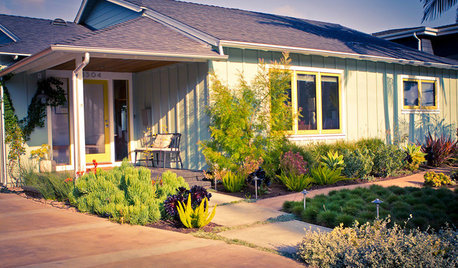
FRONT YARD IDEASBefore and After: See 5 Dramatic Front Yard Updates
These makeovers, including a parking-strip farm and an entertaining hub, elevate the typical front yard
Full Story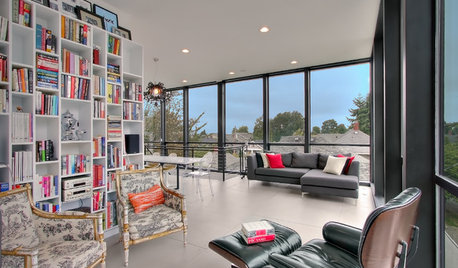
MODERN HOMESHouzz Tour: Double the Space for a Newly Modern Seattle Home
Breathing-room woes go out the window with an extensive remodel that adds a bedroom, a roof deck and an in-law apartment
Full Story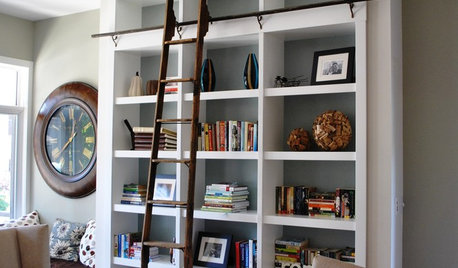
MORE ROOMS19 Double-Duty Living Rooms
Change Up Your Front Room For How You Really Want to Live
Full Story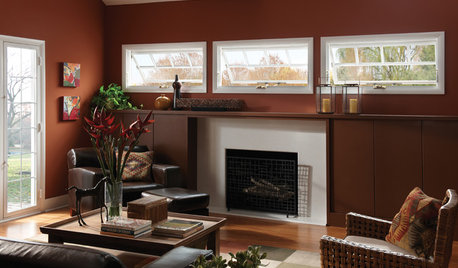
REMODELING GUIDESRenovation Detail: The Awning Window
Although they open from the bottom, awning windows are tops at boosting air circulation — even when the rain comes knocking
Full Story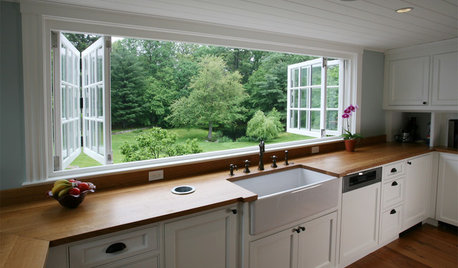
KITCHEN DESIGNRenovation Detail: The Kitchen Sink Window
Doing dishes is anything but a chore when a window lets you drift off into the view beyond the kitchen sink
Full Story





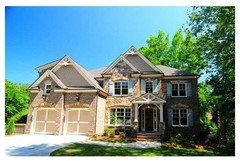
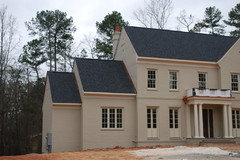
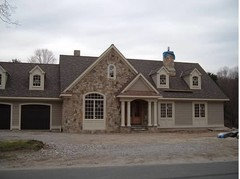
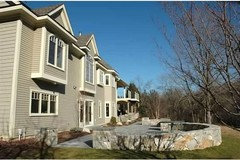



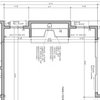
buildiva22Original Author